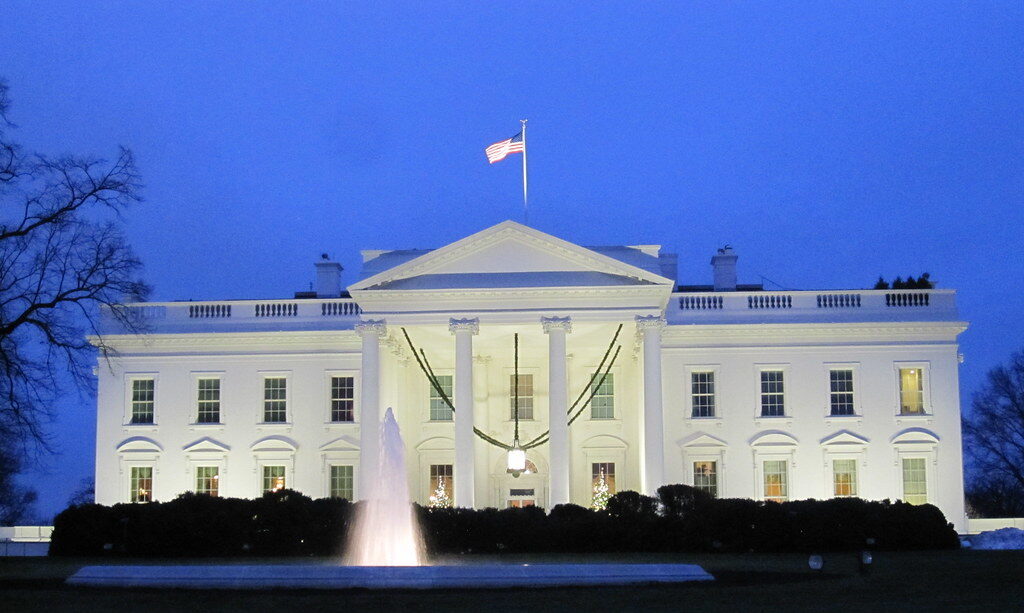Key takeaways
• An interior designer warned of asbestos in the White House East Wing demo
• No permits exist for this project, says public records
• Workers face health risks without proper safety steps
• Shutdown of planning agency stalls oversight
White House Asbestos Alert
An interior designer raised the alarm this week about White House asbestos during the demolition of the East Wing. Sarah Boardman took to Threads to share her findings. She noted the building dates back to 1902 and was heavily renovated in 1942. Thus, asbestos may hide in walls and ceilings.
Why White House Asbestos Is a Concern
Asbestos is a harmful material once used in many buildings. It can cause lung disease and cancer if disturbed. In 2019, the West Wing needed a big cleanup for asbestos. Top advisors even moved floors while that work took place. So, asbestos risks should have been top of mind for the current project.
Missing Permits and Shut Agencies
Boardman checked Washington, D.C., permit records. There are zero applications for this demolition. She found no permits under the construction company’s name at 1600 Pennsylvania Avenue. Meanwhile, the National Capital Planning Commission—responsible for White House projects—is closed due to a federal shutdown. Therefore, no permission is in place.
Moreover, public records show a stop work notice on the site. Yet demolition continues. Water sprays attempt to curb dust, but no one wears protective suits. This raises immediate safety concerns.
Timeline and Asbestos Remediation
Normally, major historic projects take four to five years. They need public review, planning, and safety checks. Asbestos cleanup alone can last six months to a year. However, this demolition seems rushed. Boardman’s “fast timeline” shows missing steps. She says drawings, planning, and permits usually take two to three years. In contrast, workers are tearing down walls now.
What This Means for Worker Safety
Workers need strict protocols when handling asbestos. They must wear protective gear and use special containment. In many cities, demo waste is recycled to limit hazards. Chicago, for example, requires all materials to go through recycling. Yet at the White House site, only a water hose sprays dust. Without proper gear, workers and visitors face serious health risks.
Also, airborne asbestos fibers can drift into nearby areas. This endangers staff and the public. Given the historic nature of the East Wing, hidden layers of asbestos could be widespread.
Possible Next Steps
First, authorities should halt demolition until permits clear review. Then, a full asbestos survey must happen. Experts should test walls, floors, and ducts. Next, a certified abatement team must remove all asbestos safely. Finally, permits and public comments should ensure proper oversight.
Furthermore, reopening the planning commission would restore checks and balances. Meanwhile, the administration could appoint independent inspectors. This move would build trust and protect health.
Frequently Asked Questions
What is asbestos and why is it dangerous?
Asbestos is a natural mineral once used in buildings for insulation and fireproofing. When its fibers break free, they can be inhaled. Over time, this can cause lung disease and cancer.
How can the White House demolition proceed without permits?
Permit records show no applications for the East Wing work. A federal shutdown closed the planning agency that issues approvals. Yet demolition continues under a stop work notice.
What steps are needed for safe asbestos removal?
First, experts must test all areas for asbestos. Then, workers need special suits, air filters, and sealed work zones. Finally, removed materials must be packaged and disposed of at approved facilities.
Could nearby residents face health risks?
Yes. Asbestos dust can travel on air currents. Without proper containment, fibers may reach adjacent buildings. This puts staff and visitors at risk of exposure.

